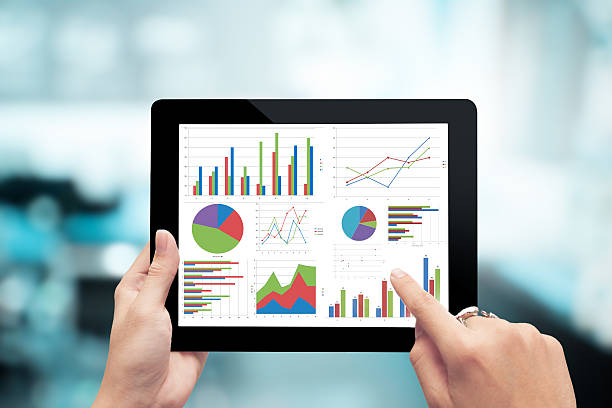What is Active Trading?
Active trading can be a way to grow your portfolio and focus on generating profits from price movements by speculating on a short-term trend. It is an activity that requires focus and availability of various sources of information to maximize potential opportunities. The active trader is constantly plugged into the stock market, analyzing trends, looking for new opportunities, and constantly ready to make a trade.
Active traders tend to focus on strategies that are news driven and involve a higher than usual trading volume as it offers increase liquidity. Traders who actively participate in the market establish various methods to accomplish their different active trading goals and most successful traders develop a playbook of strategies that they learn well and practice to perfection. In summary, it is essential to understand the appropriate market environments and risks involved in using all the trading strategies.
Active Trading vs Passive Trading
For active trading to be explained, it can be helpful to understand what differentiates it from passive trading. When one trades passively, you are focused on the long-term investment and growth of an asset. This type of trade involves carefully crafted long-term strategies with the goal of lowering risk. Many get into this type of stock investment to boost their retirement, as a well-diversified portfolio will likely produce a steady return with exponential growth over a wide time frame.
What active trading is, on the other hand, is a very involved form of stock executions where the investor/broker seeks to profit from the short-term fluctuations in price, exchange, volatility, etc.
Types of Active Trading
-
Day Trading
When people think about what is active trading, they usually think about day trading. This can be explained because day trading involves the buying and selling of stock throughout a single day to take advantage of small market changes. Those who participate in this type of trade are usually professional traders who know exactly what markets to buy into and what times of the day are best for selling. Day trading usually happens online using professional software that offers actionable insights with real-time data as well as historical backlogs. Day trading comes with high risk. Please see our disclosures link to ensure you understand the risks.
-
Scalping
Similar to day trading, scalping is also a very fast type of active trading. With this method, traders exploit price gaps caused by order flows and bid/ask price spread. What scalping traders try to accomplish is to buy stock at the bid price and then sell it at the asking price quickly for a profit. Many times, trades last less than 5 minutes. As already explained, this is a short-term exchange strategy and traders need to have a strict exit strategy with clearly defined goals. CenterPoint does not accommodate such a strategy.
-
Position Trading
Position trading slightly differs from the other two types of active trading explained so far, in the sense that traders may hold on to stock for a longer period of time. With position trading, stockholders use long-term charts and historical data to determine market trends. Depending on the direction of the market, this type of trade could last up to several days, weeks, and even months. For this reason, some don’t consider it active at all, but rather a passive buy-and-hold strategy.
What happens with this method depends entirely on market trends—as explained by the fact that position trading is less common during high market volatility, but rather traders try to ride “waves” and exit the position along with the trend.
-
Swing Trading
Finally, swing trading is another form of active trading that occurs when trends end. What swing traders try to do is enter the market during the volatile period after one trend ends and another tries to establish itself. Investors usually use an algorithm to determine what stocks to choose and when to sell, but usually they hold on to the stock for a few days but not as long as a trend trade. Those who participate in swing trading are most at risk when the market remains range-bound or sideways.
Develop a Strategic Active Trading Strategy Today
Now that you know what active trading is, it’s time to start thinking about the tools and strategies that you need to stay competitive. Active trading requires you to have the latest insights on market cycles and trends so that you can easily identify opportunities that are available and capitalize on them.
At CenterPoint, we do not endorse or specifically recommend any of these strategies. We do offer top rated customer support from knowledgeable team members that can provide information on professional grade trading platforms and execution services. Contact us today to learn more about our offerings for the active trader.




